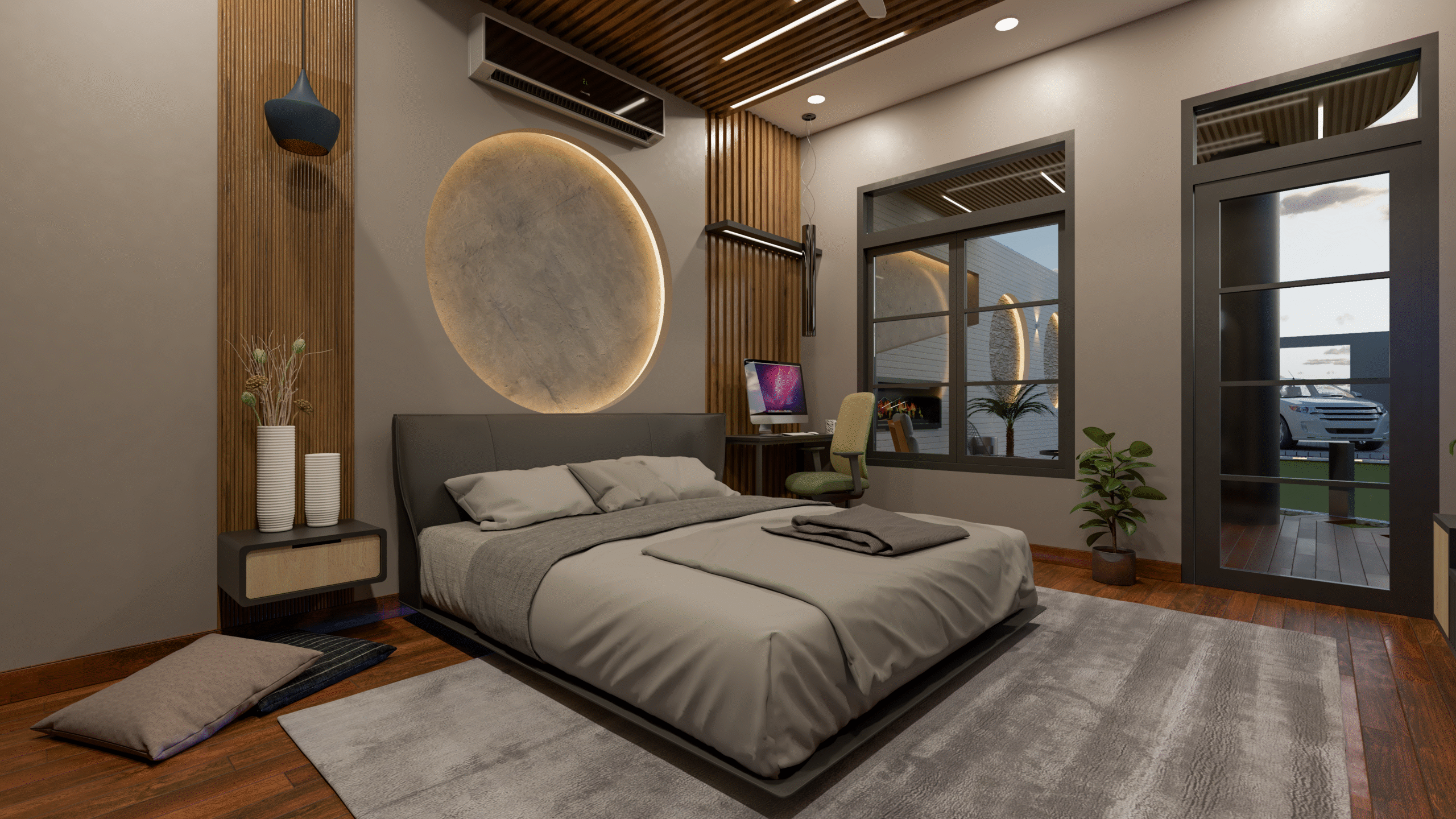
Interior design is more than just arranging furniture—it’s a mirror of our time, culture, and evolving lifestyle. From ornate Victorian parlors to today’s smart homes, the transformation of interior design reflects society’s changes in taste, technology, and values. The journey through decades of design reveals how aesthetic preferences, materials, and even human needs have shifted, shaping how we interact with our living and working spaces. Whether you’re a design professional or simply passionate about beautiful interiors, understanding the evolution of interior design offers valuable context for today’s trends and tomorrow’s innovations.
The early 20th century marked the tail end of Victorian influence, characterized by richly decorated interiors, dark woods, and heavy textiles. Homes were formal, compartmentalized, and designed to reflect status and tradition. With the rise of the Arts and Crafts movement, designers began to reject mass production in favor of craftsmanship and simpler forms. This era set the foundation for more personalized and practical interiors.
Art Deco took center stage in the 1920s and 30s, bringing bold colors, geometric shapes, metallic finishes, and luxurious materials into homes and commercial spaces alike. Interior design became a celebration of modernism, jazz culture, and optimism. In the 1940s, World War II impacted design by promoting functionality, resourcefulness, and muted tones. War-time austerity influenced a simpler, more utilitarian design approach, leading to smaller, efficient spaces that favored comfort over excess.
The post-war 1950s and 60s introduced the world to mid-century modern design—a style that remains popular today. Clean lines, organic forms, and a seamless blend of indoor and outdoor living defined this era. Color palettes included earth tones, teals, and mustards, while furniture design emphasized functionality and comfort. The movement was heavily influenced by technological optimism, suburban expansion, and the desire for new beginnings, reflecting a society eager to rebuild and redefine itself.
The 1970s brought in warm tones, shag carpets, wood paneling, and bohemian influences. Interiors during this decade were layered and eclectic, often reflecting a DIY spirit. The rise of environmental awareness also introduced early concepts of sustainable design. By the 1980s, design took a glamorous turn once again with mirrored surfaces, pastel hues, and art-inspired motifs. It was an era of excess, where personal expression reigned supreme and rules were meant to be broken.
The 1990s saw a return to simplicity. Minimalism and Scandinavian influences became more prominent, emphasizing neutral palettes, sleek furniture, and clutter-free living. The early 2000s, however, welcomed new materials and smart technology into the interior space. Open floor plans became standard, and designers began integrating home automation systems, lighting control, and modular furniture to enhance comfort and flexibility. This period marked a key turning point toward lifestyle-centric design.
Modern interior design is an exciting fusion of past and future. Sustainability is now at the heart of design decisions, with eco-friendly materials, energy-efficient layouts, and biophilic design gaining popularity. Technology plays a significant role—from voice-controlled lighting to immersive 3D interior models that help clients visualize their spaces. Personalization is also key; homeowners seek interiors that reflect their stories, values, and habits. Design is no longer one-size-fits-all—it’s a tailored experience.
In this ever-evolving design landscape, The Shape Interiors is the best for Interior Design Consultancy & 3D Modelling services for both Residential & Commercial Spaces.
Founded in 2017 by Kazim Ratnani, The Shape Interiors has swiftly emerged as a trusted name in the world of interior design consultancy and 3D modelling. Our expertise lies in creating bespoke designs that not only meet but exceed our clients’ expectations. We pride ourselves on delivering 360 renders that offer a comprehensive visualization of the final design, ensuring that every detail aligns perfectly with our client’s vision.
Customer satisfaction is the cornerstone of our mission. We believe that a well-designed space should reflect the client’s needs, wants, and functionality. Our designs are not just about aesthetics; they are about creating environments that resonate with our clients’ lifestyles and aspirations. Our most significant achievement is our 100% client satisfaction feedback, reflecting the trust our clients place in us. We approach every project with the same level of dedication, ensuring that each design is unique, creative, and distinguished. Choosing The Shape Interiors means choosing a partner dedicated to bringing your vision to life. Our unique blend of creativity and technical expertise allows us to deliver designs that are both beautiful and perfectly aligned with your practical needs.
The evolution of interior design is a rich tapestry woven from culture, innovation, necessity, and creativity. From ornate to minimal, from static to smart, our spaces have adapted to meet our changing lifestyles. As design continues to evolve, one thing remains constant—our spaces must serve us, inspire us, and reflect who we are. Whether you prefer the charm of retro elements or the sleekness of contemporary design, understanding the journey helps us appreciate the spaces we inhabit today—and imagine what’s possible tomorrow.
Tap the WhatsApp icon on the bottom right of our website to chat with us now. Let The Shape Interiors bring your vision to life.

+92 335 6511005

Suite # 4 & 5, 1st Floor, Hafiz Building, Jinnah Avenue, Karachi.

info@theshapeinterior.com
WhatsApp Now